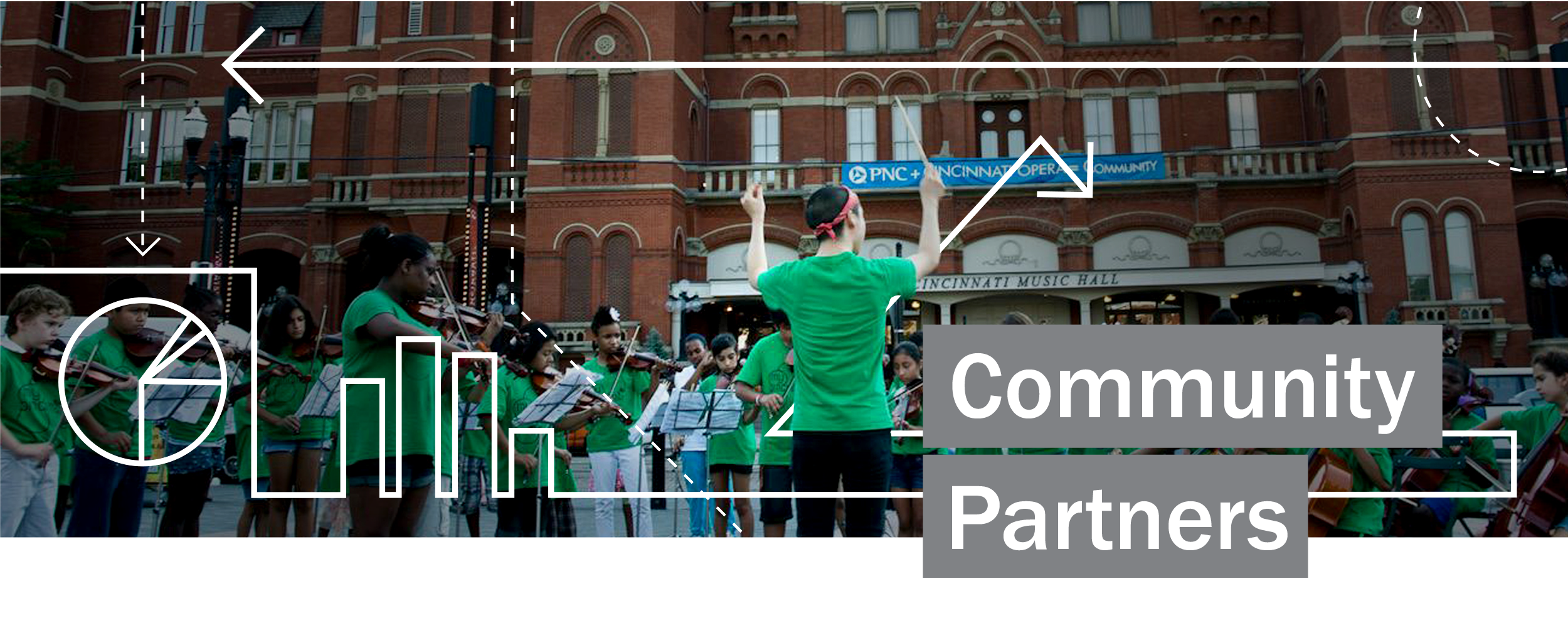
Opportunity Zones present an extraordinary new set of possibilities to the landscape of community development and for those of us working to help catalyze prosperity and access for underserved Americans. They promise to drive billions—even trillions—of dollars in long-term investment into historically impoverished urban and rural census tracts across the country. The goal of this new tax incentive is to achieve a double bottom line: fueling inclusive local economies in targeted neighborhoods that benefit the people who live and work there, and providing a solid return to investors.
To make that happen, however, community stakeholders, state and local government leaders, investors and developers must work together to engage responsibly with this powerful but untested tool, and to create the kinds of communities that benefit residents, investors and the U.S. economy as a whole. This playbook, targeted to community partners, is the first in a LISC series that aims to lay out possible trajectories and best practices for the range of Opportunity Zone (OZ) stakeholders. Forthcoming playbooks will address the issues at stake for impact investors and developers.
Overview
The Opportunity Zones tax incentive was enacted as part of the Tax Cuts and Jobs Act of 2017 to help spur investments in historically underserved communities. It incentivizes investors with capital gains tax liabilities to reinvest their gains in “Opportunity Funds” by: (i) deferring payment of those capital gains taxes through 2026; (ii) reducing those capital gains taxes by as much as 15%, if the investment in the Opportunity Fund is held for at least seven years; and (iii) waiving taxes on capital gains associated with the Opportunity Fund investment, for investments held for at least 10 years.
The Opportunity Funds are required to invest at least 90% of their assets in Opportunity Zones, which are comprised of qualifying low-income census tracts that have been designated by states and certified by the Treasury Department. The Treasury Department has certified approximately 8,700 Opportunity Zone census tracts in all 50 states, as well as the five major U.S. territories and the District of Columbia.
Opportunity Zones are certainly not the first tax incentives for investments in distressed communities. The Empowerment Zone (EZ) program, created in 1993, enabled businesses located in low-income communities selected by HUD and USDA to claim certain tax benefits. In competitions held in 1994 and 1998, HUD selected 30 different urban EZs, and the USDA selected 10 rural EZs. In 2000, Congress created the Renewal Communities (RCs) program to replace the Empowerment Zone program, and in 2001 HUD selected 40 RCs, 28 in urban areas and 12 in rural areas. While HUD and the USDA are no longer designating new EZs and RCs, businesses operating in those communities can continue to claim certain tax benefits.
In 2000, in the same legislation that authorized the Renewal Communities program, Congress enacted the New Markets Tax Credit (NMTC) program. Under this program, investors can claim tax credits for investing in Treasury-certified Community Development Entities (CDEs), which in turn provide loans and investments to businesses and real estate projects in low-income communities. The investor may claim tax credits valued at 39% of the total investment in the CDE, phased in over a seven-year holding period. The total tax credit allocation authority is currently capped at $3.5 billion annually, meaning that CDEs must apply to the Treasury Department for the authority to issue tax credits to their investors.
To date, investors have provided over $45 billion of investments in businesses, commercial real estate, manufacturing facilities and community facilities in low-income neighborhoods. The program was initially authorized only through 2008, but Congress has extended it on multiple occasions, and it is currently authorized through 2019.
The Opportunity Zones incentive contains elements of these precursor tax incentives. The structure of the investments bears a similarity to the NMTC model, in that investments in low-income community businesses must be made through an intermediary entity and held in that entity for a long period of time.
But unlike NMTCs, not all low-income communities are eligible for investments—only a subset (25%) of the census tracts eligible for NMTC investments may be designated by states as Opportunity Zones. Moreover, NMTC legislation demands specific impacts in a community to be eligible for investment, and is substantial enough to function as a subsidy. In some respects, Opportunity Zones more closely resemble the EZ/RC model, but with a twist: the states, not the federal government, make policy determinations regarding OZs.
The Potential
In some respects, Opportunity Zones have vast potential. Unlike the narrowly-drawn EZ and RC communities, there is geographic coverage in all 50 states, five territories and the District of Columbia. And unlike the NMTC program, the investment pool is not capped. As mentioned above, there are theoretically trillions of dollars of capital that could be invested in Opportunity Funds.
Managed appropriately, the incentive will direct capital to places where access has been closed off, and will stoke economic development that benefits residents, businesses and institutions rooted in those communities. Investors, in turn, will reap a tax savings that, ideally, can be employed for further community investment.
That potential may only be realized through a commitment to equity and inclusion. Investments should be made in collaboration with community leaders and organizations, residents and other stakeholders who have an ongoing, vested engagement in neighborhood revitalization. This kind of revitalization includes the creation of fulfilling, family-sustaining jobs, affordable housing, thriving businesses, good transit, quality education and all the other requisites of a healthy community that everyone deserves.

